How private members’ clubs were reinvented for Gen Z: from Hong Kong’s Carlyle & Co. to Soho House, AllBright and The Arts Club, the new generation of inclusive intuitions creating meaning in 2023
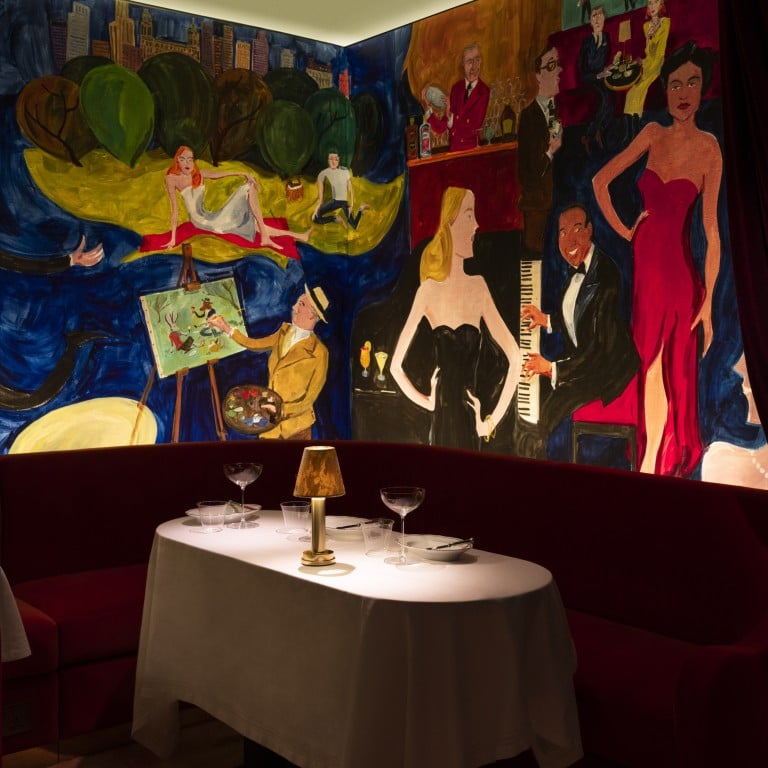
Private members clubs may date back to the early 1880s – they started out as secret spaces where upper-class British gentlemen could indulge in drinking and gambling – but their raison d’être has evolved over time, along with the societies they cater to.
In its current incarnation the “modern” private club is present in almost every bustling metropolis, catering to various segments of the local community, be it creative types (Soho House), art lovers (The Arts Club), powerful women (AllBright) or even horse racing buffs (Louisville Thoroughbred Society).
They share a common goal: to bring together like-minded people in an often-exclusive space. To that end, most offer a checklist of attractions starting with beautifully designed interiors, top-notch facilities, great food and stellar entertainment.
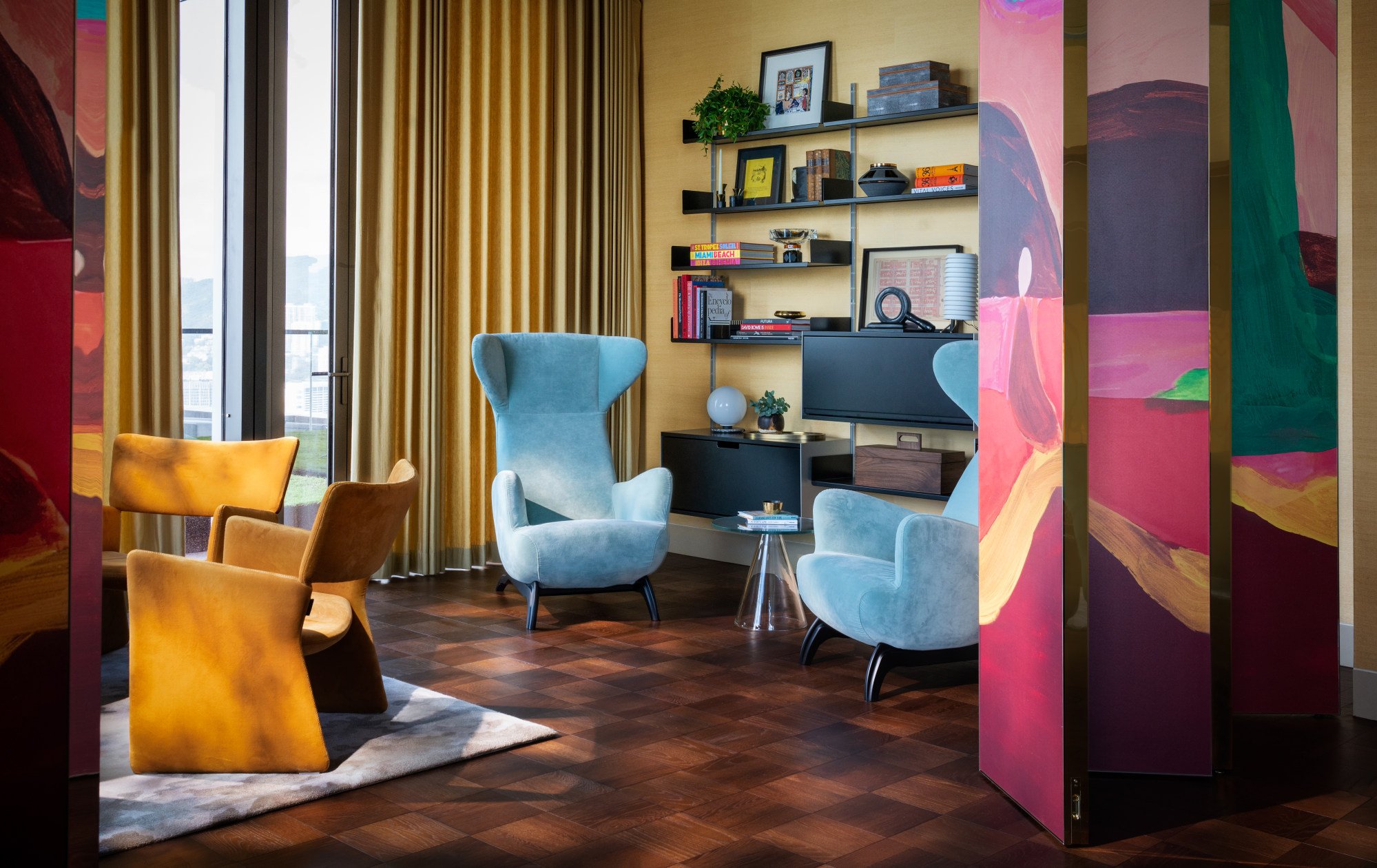
Since the coronavirus pandemic, however, many of the newer clubs have been looking to set themselves apart by creating a new blueprint that eschews the elitism that made many of these clubs popular to begin with. In its place is a more inclusive membership model that celebrates diversity.
How is artsy members club Soho House Hong Kong nurturing the city’s creatives?
“These days we need to forget the traditional currencies that have driven private club curation such as social status or name. People are no longer defined by the work they do – everyone has changed jobs or has a side hustle. What’s important is the individual themselves,” says Jonathan Frolich, managing director of Hong Kong-based Carlyle & Co.
“I always say our members would form the ultimate dinner party guest list – they are a diverse group of people who have been highly curated and are never random.”
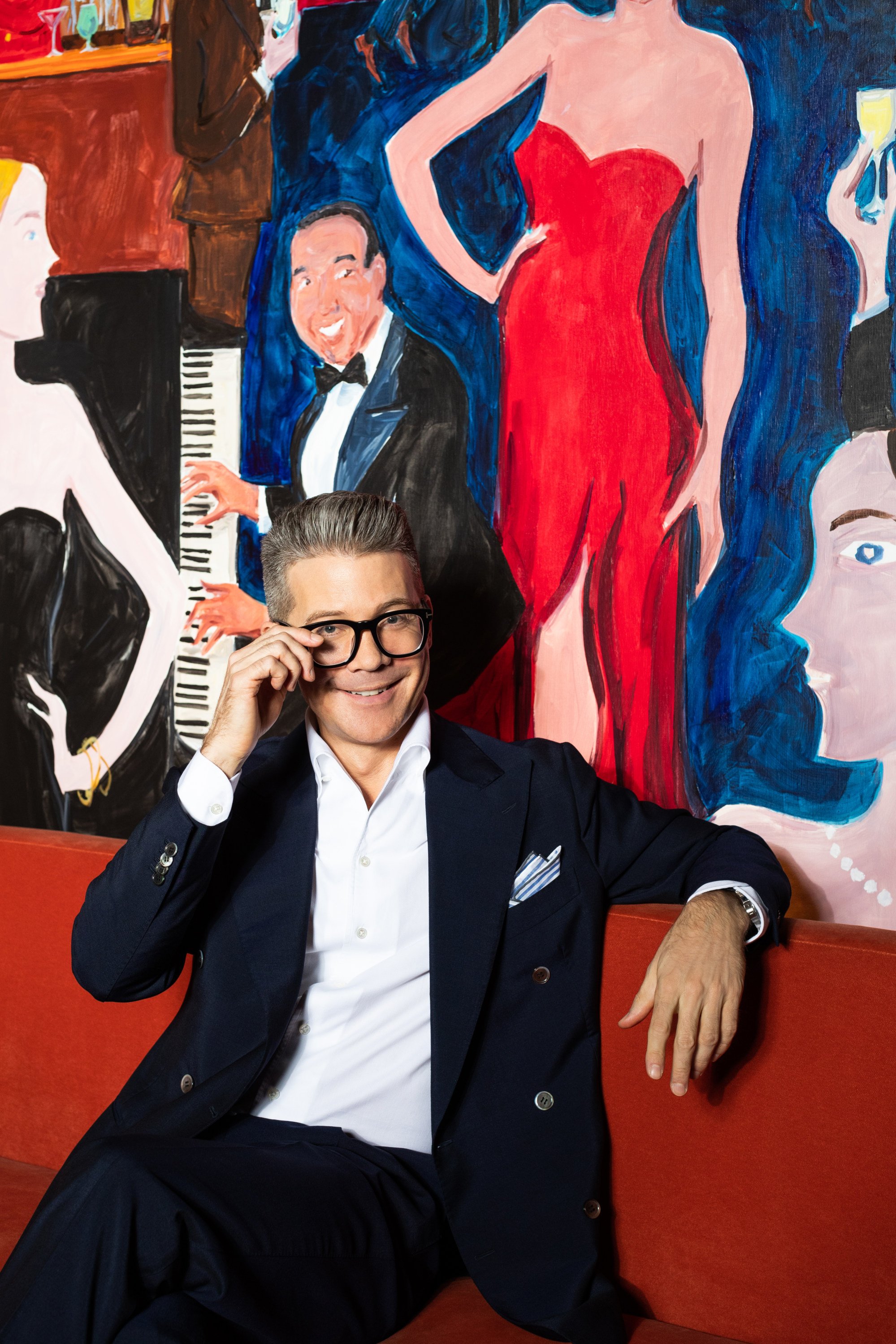
While a great community forms the basis of any successful club, so do its surroundings. Lifestyle changes post-pandemic – such as the work from home trend – have transformed these spaces into what Frolich describes as a “third space or extension to people’s lives”.
“Initially I was after a space where I could hang out with my friends, but now I look for a club that has versatility. I want to be able to work, eat, gym, shower and get ready there. It has to be designed to fit my day-to-night agenda,” says Roger Ho, a 20-something tech investment executive.
Carlyle & Co., for example, has devoted square footage to spaces that could work for meetings and reading rooms, and added amenities such as a barber and tailor, as well services such as styling and blowouts for the ladies. Also popular are its eight bedrooms where members can rest and/or work in surroundings that connect them with the history of the iconic Carlyle Hotel in New York, which inspired the club in the first place.
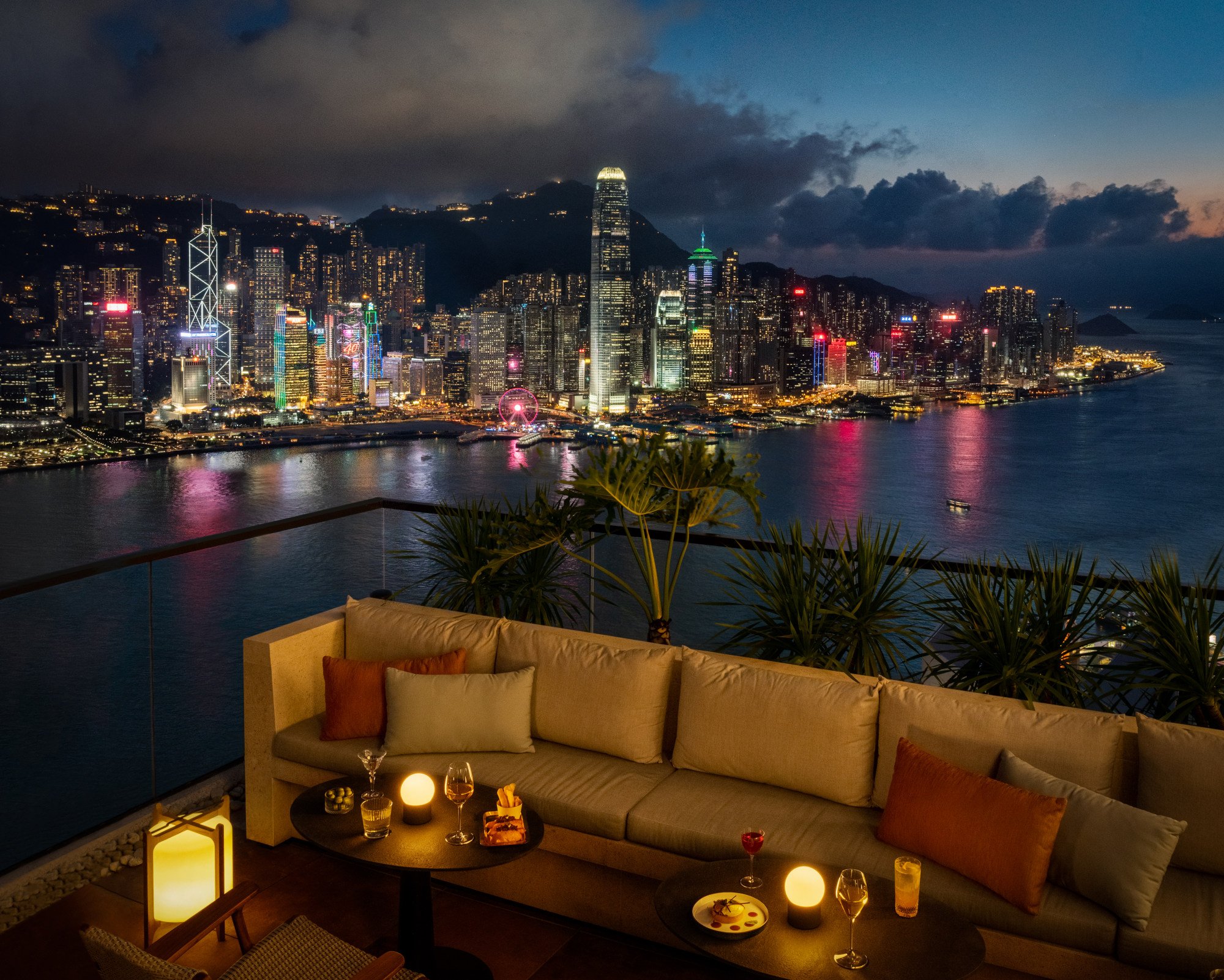
“The club rooms offer a more fun experience compared to a standard hotel room. Each room is named after a famous person from the Carlyle Hotel’s history, be it Eartha Kitt [the singer] or Tommy, a famous bartender from [piano bar] Bemelmans’, and the interiors are curated around their personality. You’ll find books or art they like or even accessories you can try on or play with. We are telling our story while giving our members an engaging experience,” says Frolich.
How a new generation of art spaces rebuilt Hong Kong’s cultural landscape
This idea of discovery is also important when it comes to the club’s location. Many newer clubs are experimenting with off-the-beaten-track places so members can “escape” from real life, or learn more about a new neighbourhood. When Carlyle & Co. opened on the Tsim Sha Tsui waterfront in 2021, for example, it was part of a major rejuvenation for the area. The House of Koko in London, meanwhile, is housed in a former theatre in the more edgy area of Camden Town.
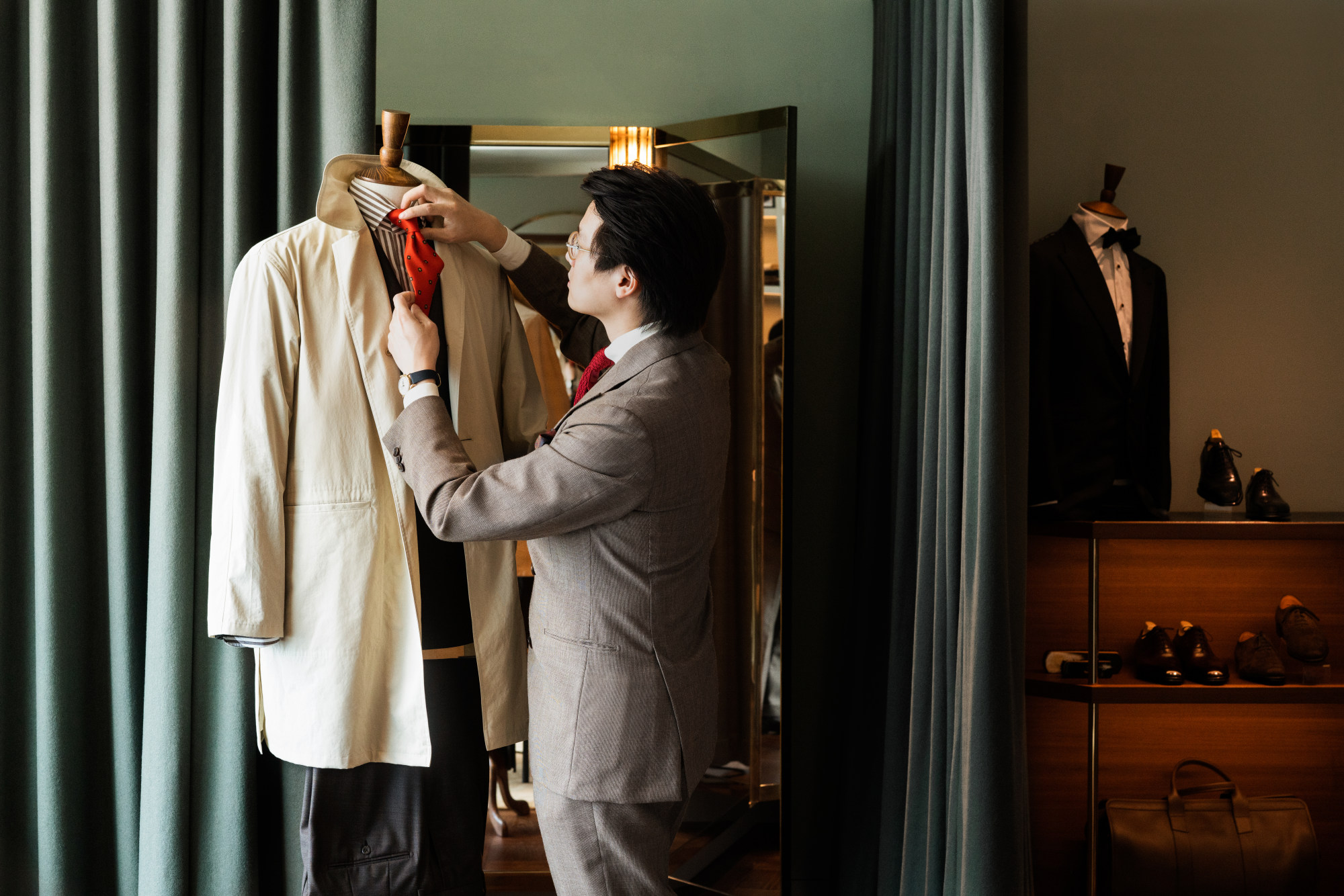
This is also reflected in each club’s programming, which offers events and workshops that provide a platform for lesser-known local talents, be they musicians, chefs, artists or other creatives.
The best part is that these newer clubs are no longer limited to the city that you live in. More clubs are intent on going global to provide their members with a consistent experience in other hotspots around the world – albeit one that still speaks to the local culture.
“All over the world people are searching for places to connect with others but in a safe, comfortable environment that a restaurant or bar cannot offer. The notion of human connection and coming together physically is more prevalent and popular post-pandemic, so places that empower and foster this will become more popular,” says Frolich.

- Once seen as elite, stale and stuffy throwbacks catering to the elderly gent, today’s private members’ clubs have found fresh relevance by offering a focal point to like-minded communities
- Soho House targets creative types, AllBright welcomes powerful women, The Arts Club is for culture vultures, and Carlyle & Co. offers a full lifestyle experience, from a barber and tailor to live jazz